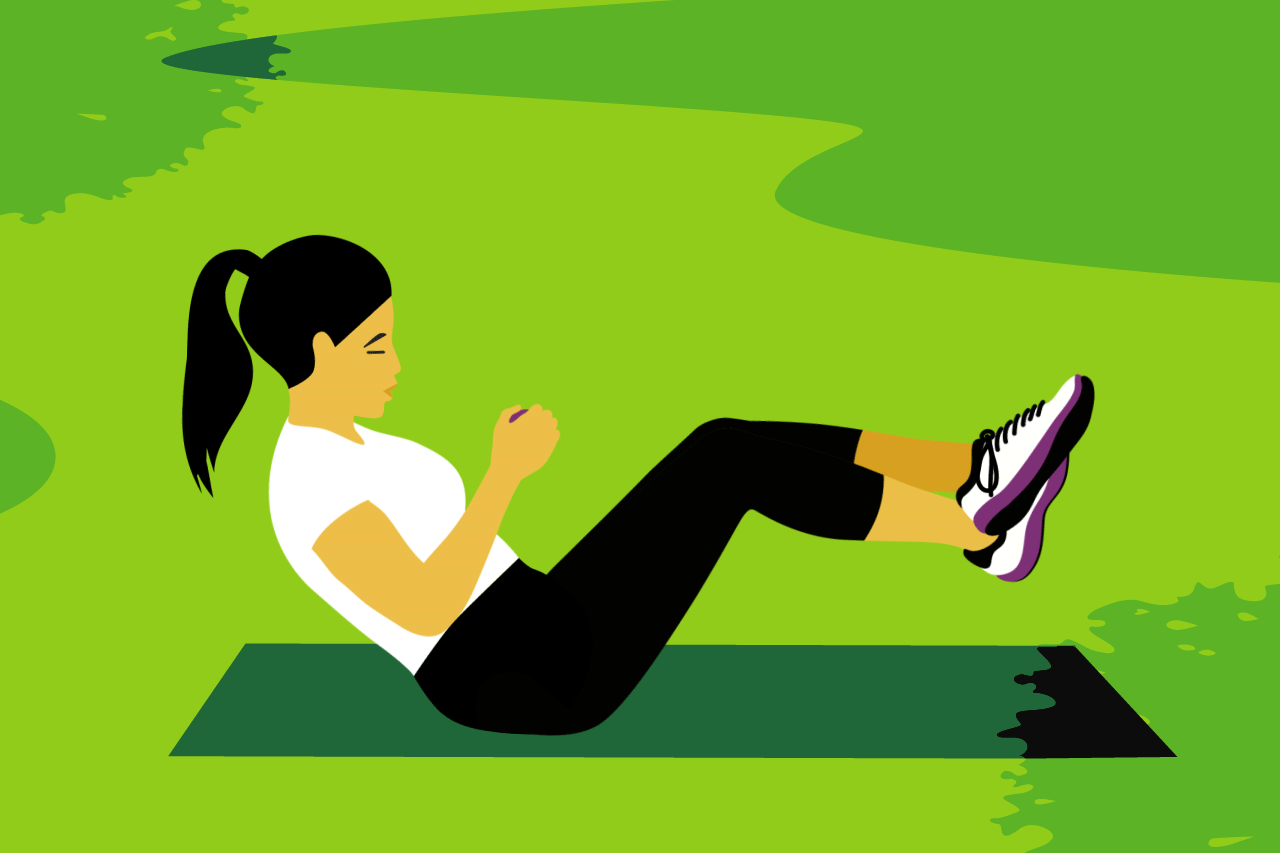By: Tia Dasgupta, M.A.
Sometimes when we think of anxiety, we think of a person who is controlling and needs to micromanage aspects of his or her life to relieve anxiety. Controlling the anxiety can also occur through avoidance rather than overplanning, and it may even occur in a way you may not be aware of. For example, imagine an anxiety-producing situation, one that leads to uncomfortable symptoms such as worry, fear, a racing heart, sweating, or feeling of being overwhelmed. Let’s say this situation is having to complete a work presentation, and you find yourself waiting until the last minute to complete it, unable to begin even though you have it open on your laptop. You think, “Eh, it’s okay, I’ve got time,” but complete this task at the very last minute, though you felt relaxed up until the moment it was due. You begin to realize you’ve spent a lot of your life putting tasks off until the last minute as well, especially when you feel it is challenging or you feel less confident in completing it. This can actually be an example of anxiety, one in which you engage in avoidance of the anxiety-producing symptom, controlling these uncomfortable symptoms by avoiding the anxiety-producing situation. Due to avoiding these uncomfortable feelings, you were able to feel short-term relief from anxiety and felt comfortable and relaxed despite that was due soon. You think of your other workers who seem so high strung, asserting that Is what anxiety presents as, and you are being calm and laid back. But in reality, this short-term relief from anxiety produces an immediate sense of relief and a reduction of anxiety symptoms only temporarily. Well, so what? It has been working for you thus far, and you enjoy not feeling the anxiety symptoms when they occur. Sure, the anxiety symptoms may be avoided temporarily, but this pattern ultimately becomes long-term anxiety growth. The fear that led initially led to the avoidance worsens, and the brain learns that when the anxiety-producing situation is avoided, the symptoms go away. As a result, the symptoms of anxiety will become worse over time, and the strategy of avoidance will become more likely. In other words, the next time you have a task your anxiety around it will continue to worsen, and using these avoidance strategies will become more prevalent to get temporary relief – causing this cycle of anxiety and avoidance to strengthen, and likely resulting in more negative consequences! Beyond tasks, this can be applied to anxiety in social situations, specific phobias (e.g. fear of flying, fear of spiders), fear of public speaking, and so on. To battle this, become more mindful of when you are avoiding, why this may be occurring, and how you can better experience the anxiety (whether it is challenging the reality of the situation , or accepting that anxiety naturally occurs and it is telling us something important!) To find this worksheet, please visit https://www.therapistaid.com/worksheets/cycle-of-anxiety.pdf, and for more information from the main site visit therapistaid.com.





















